
Bafun Yasai cafe looks like a fun place to dine and drink with friends.
Harajuku is one of Tokyo’s most fashionable neighborhoods, filled with trendy boutiques and cozy cafes. Among the newest of those eateries is Bafun Yasai TCC Cafe, which opened up just a little over a month ago.
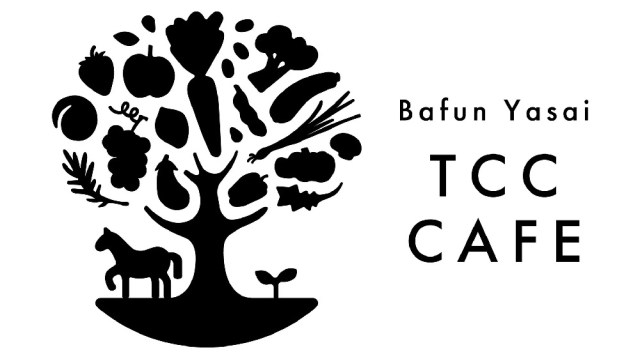
The cafe is located on a quiet side street, not far from the neighborhood’s main boulevard, Omotesando. The interior decor is airy and stylish, with a feel at once both contemporary and rustic.
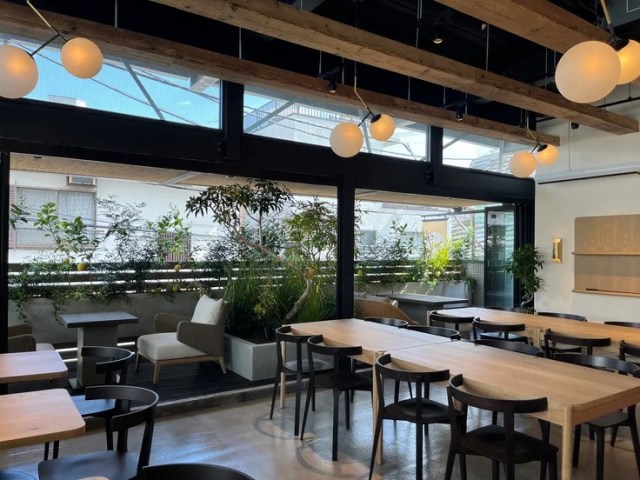
The food and drink, too, is meant to be both a treat for the taste buds and the eyes, making use of ingredients directly sourced from ecologically minded farmers.
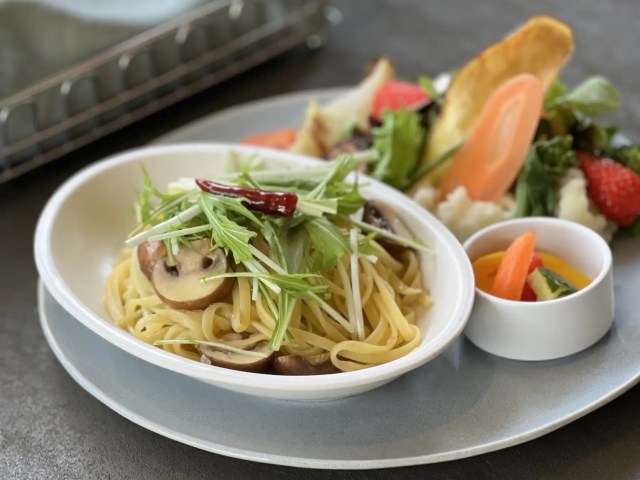
Oh, and many of those ingredients were grown in horse poop.
The horse poop connection is something the cafe’s management absolutely wants you to be aware of, too. Getting back to the restaurant’s name, Bafun Yasai TCC Cafe, ba is one of the ways to say “horse” in Japanese. The “fun” part doesn’t mean “enjoyable,” though. It’s Japanese too; fun means feces, droppings, or manure.
Working through the rest of the name, yasai means “vegetables,” and TCC is the name of an animal welfare organization focused on making sure retired racehorses live out the rest of their lives in health and happiness. The cafe is part of TCC’s efforts to promote empathy and respect for horses, and so it prioritizes agricultural products from farmers that use horse manure when sourcing ingredients for its kitchen.
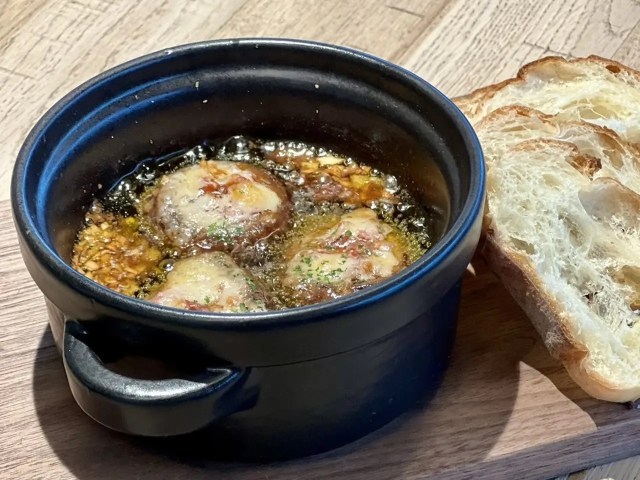
You’ll find little equestrian touches in the interior design too, like the horseshoe patterns in the floor here.
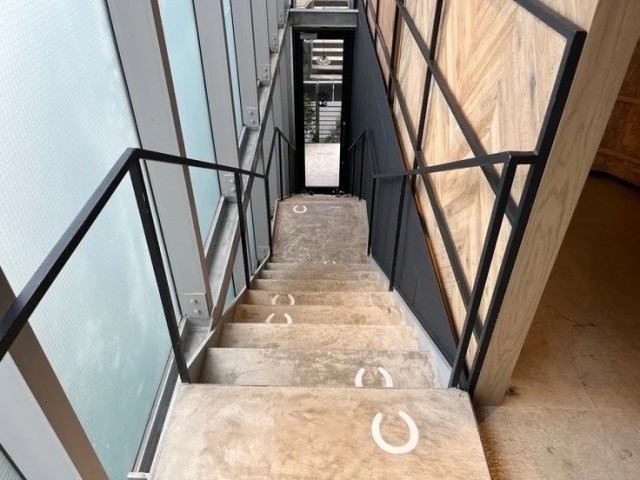

The cafe also plans to host workshops and organize events in which participants go to farms to meet poop-producing horses.
▼ “Connecting people and horses through dining” reads the cafe’s motto, alongside a diagram of its hope that increasing the demand for horse manure will help farmers secure the economic means to take good care of their horses.



The concept itself of using horse manure as fertilizer isn’t especially new in Japan, but it’s unusual for a restaurant to so unabashedly tout equine poop’s power to boost the flavor of food. It could be a risky move, marketing-wise, in a country as conscious of cleanliness as Japan is, but with a recent rise in interest in racehorses among young people in the country, it’s definitely a way to help Bafun Yasai TCC Cafe stand out from all the other cafes in Harajuku.
Restaurant information
Bafun Yasai TCC Cafe
Address: Tokyo-to, Shibuya-ku, Jingumae 5-12-8, Jingumae Hamaya Building 2nd floor
東京都渋谷区神宮前5-12-8 神宮前Hamayaビル 2F
Open 11 a.m.-5 p.m. (Monday, Wednesday, Thursday), 11 a.m.-10 p.m. (Friday, holidays), 10 a.m.-10 p.m. (Saturday, Sunday)
Closed Tuesdays
Website
Source, images: PR Times
● Want to hear about SoraNews24’s latest articles as soon as they’re published? Follow us on Facebook and Twitter!

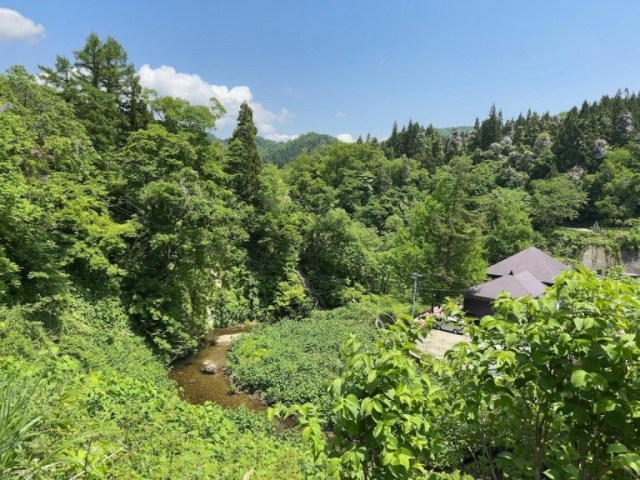
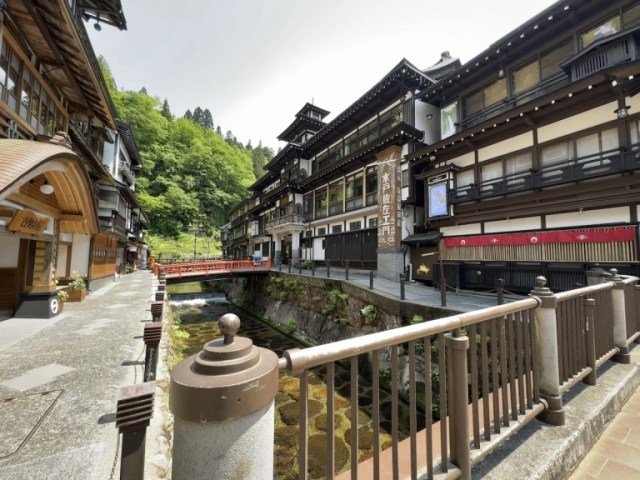

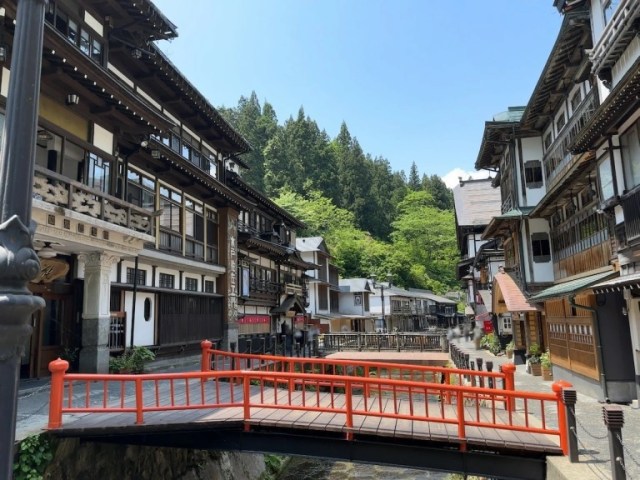
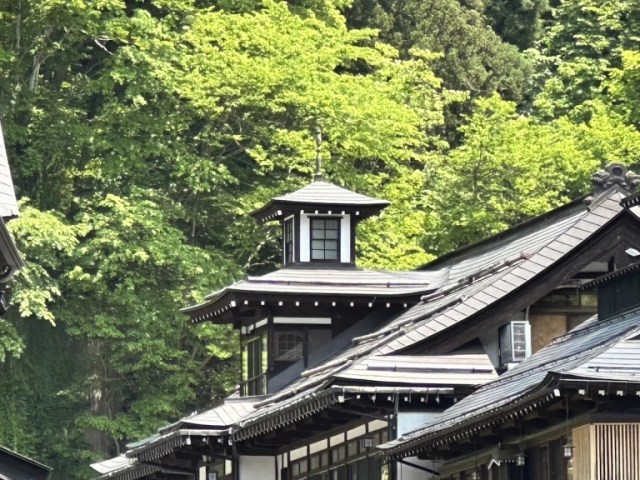
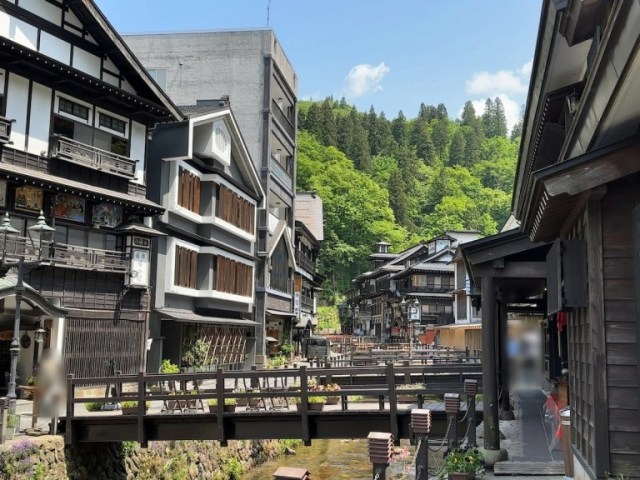

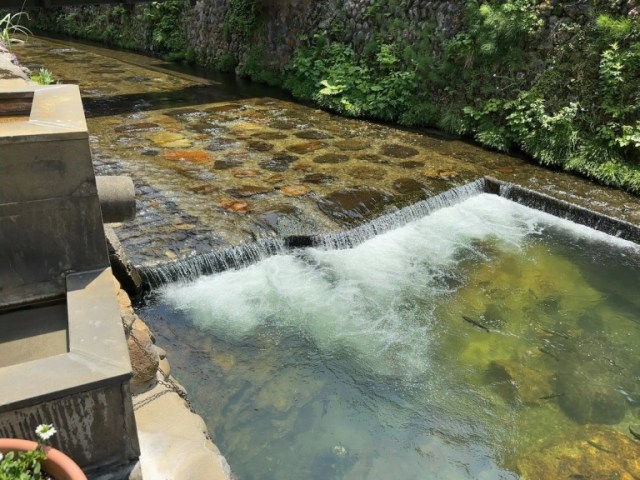
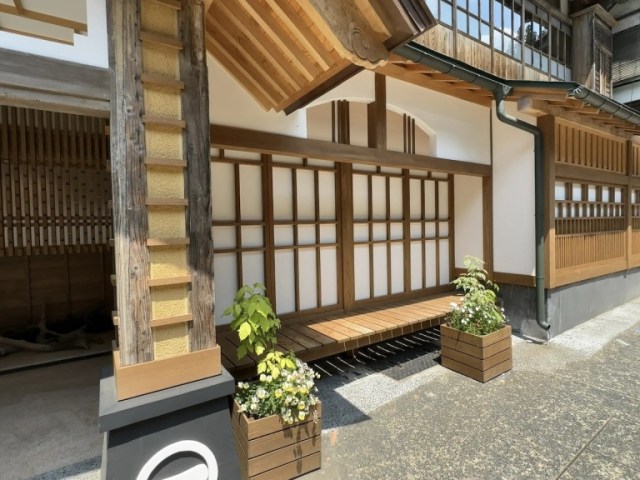
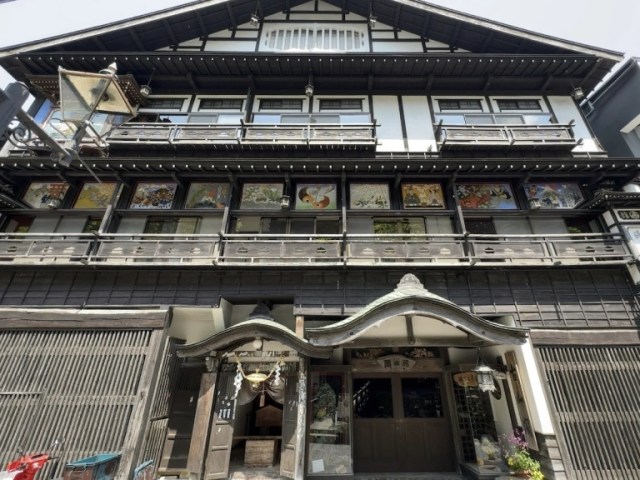
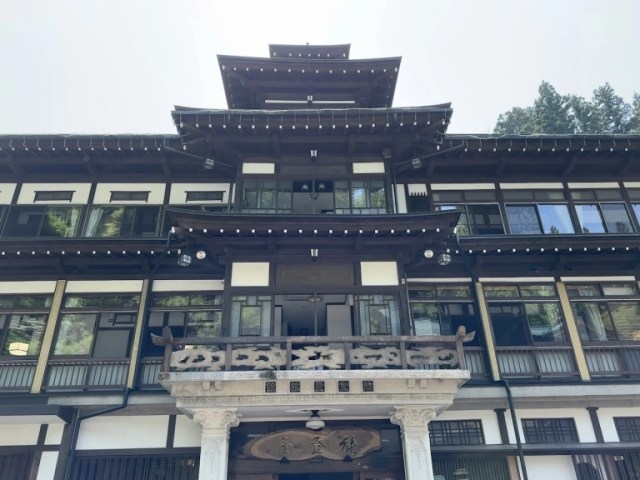

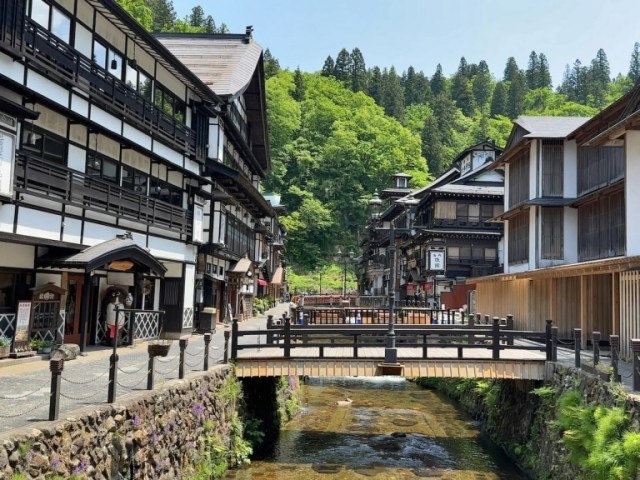


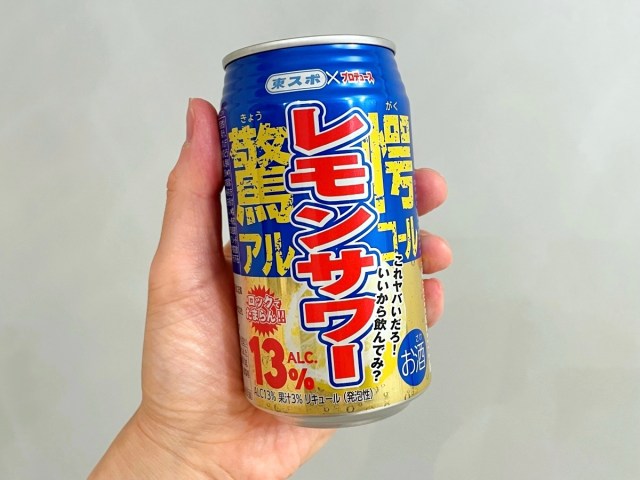
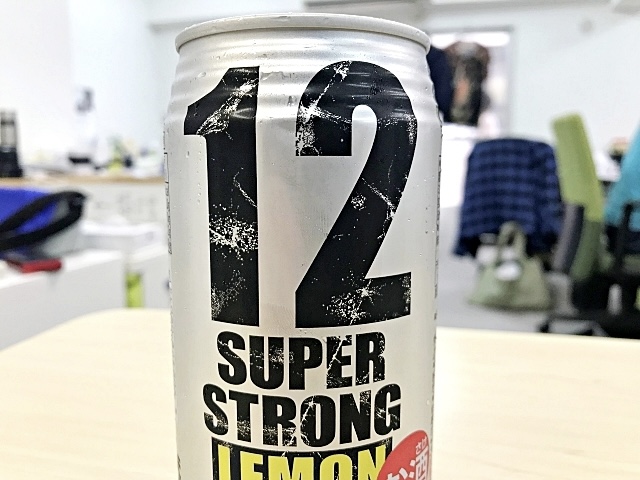
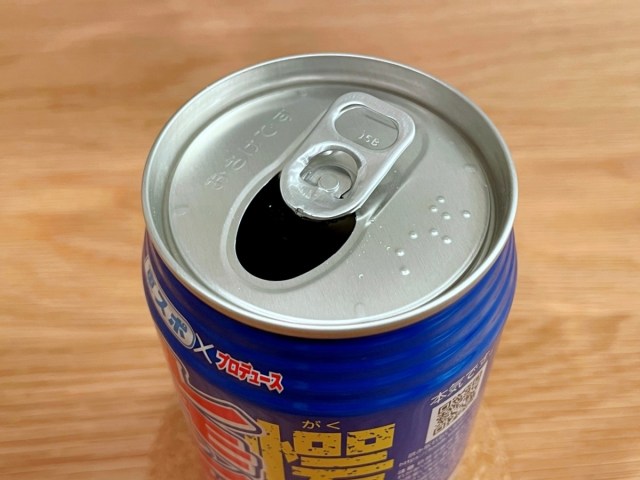
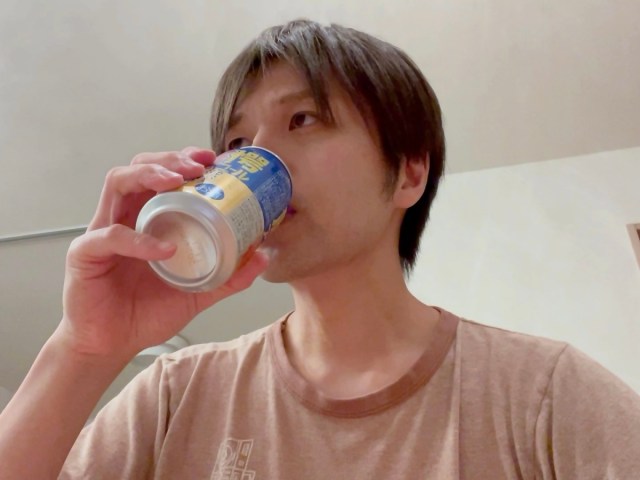
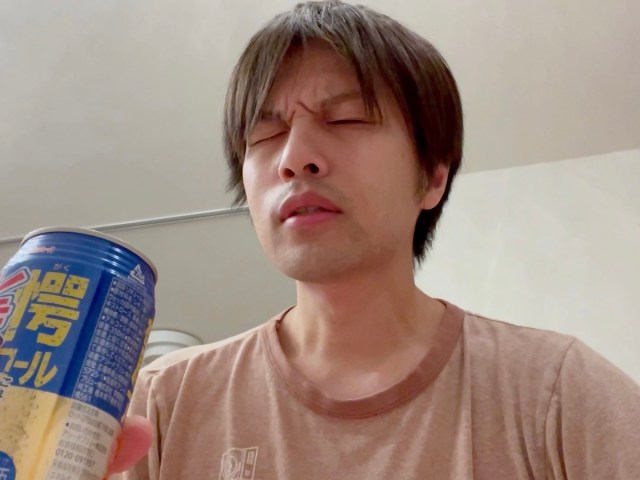
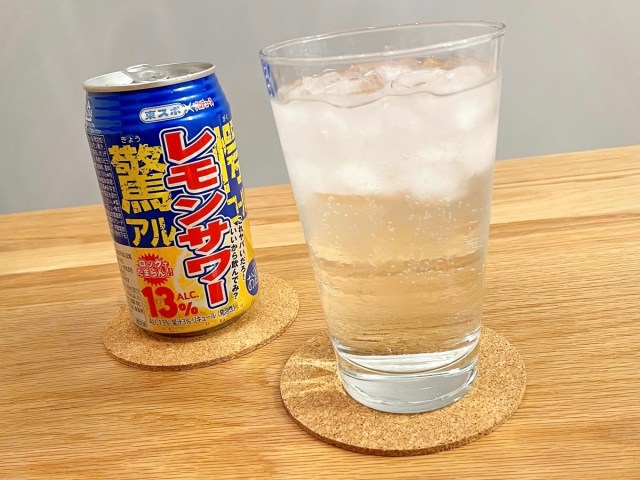
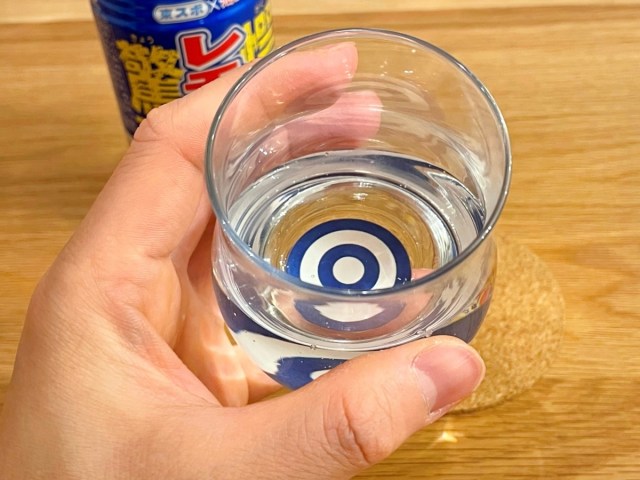
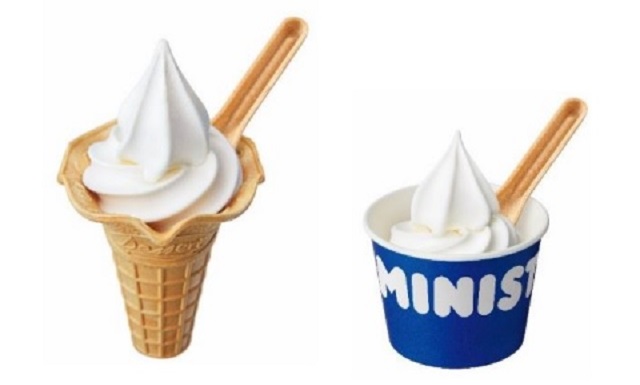

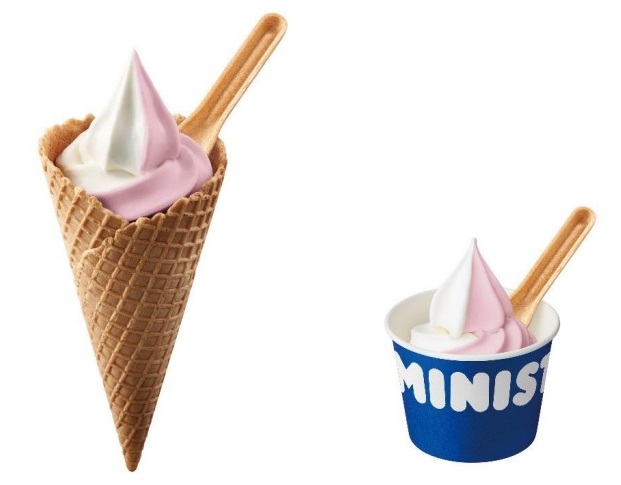
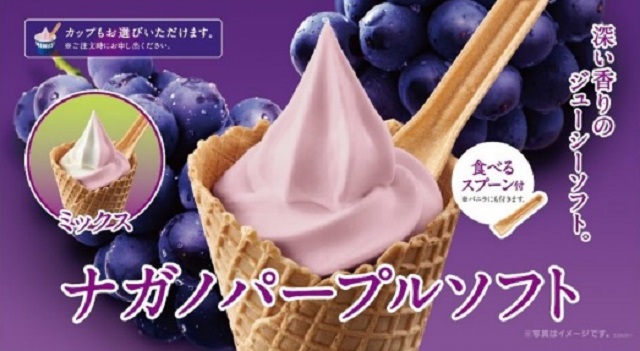
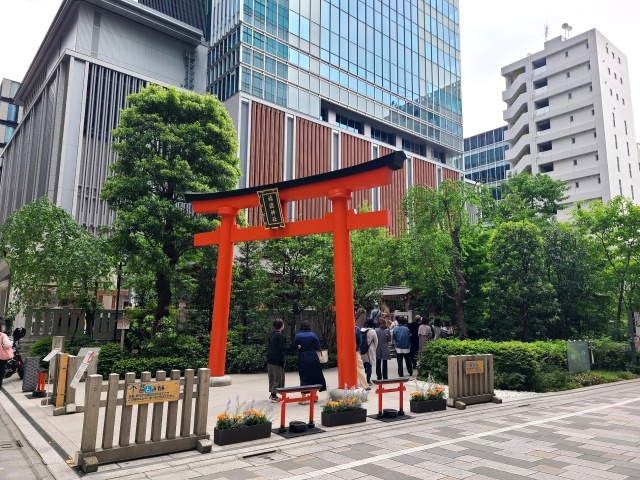
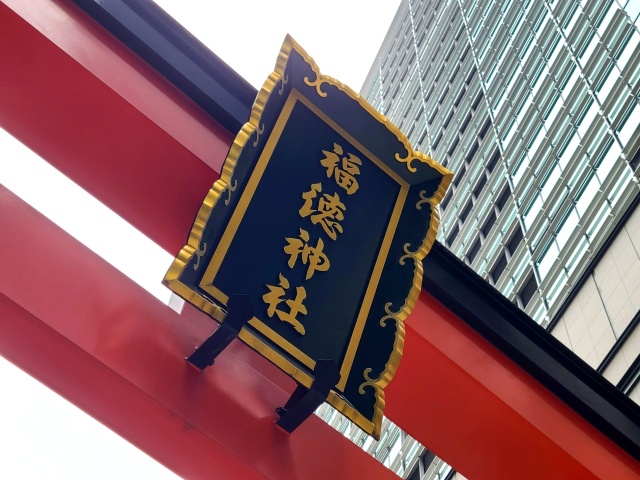

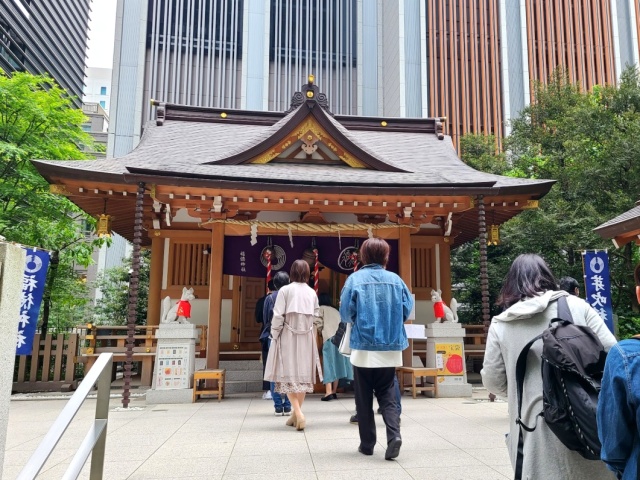
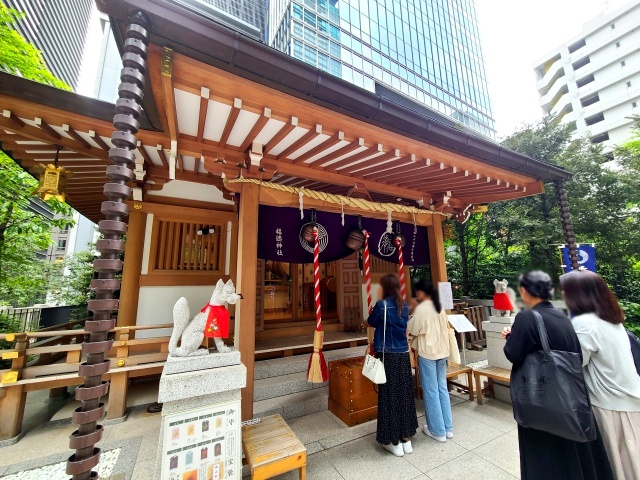
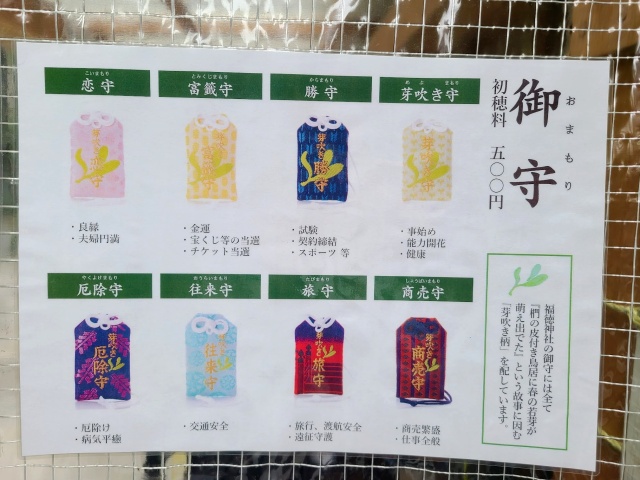
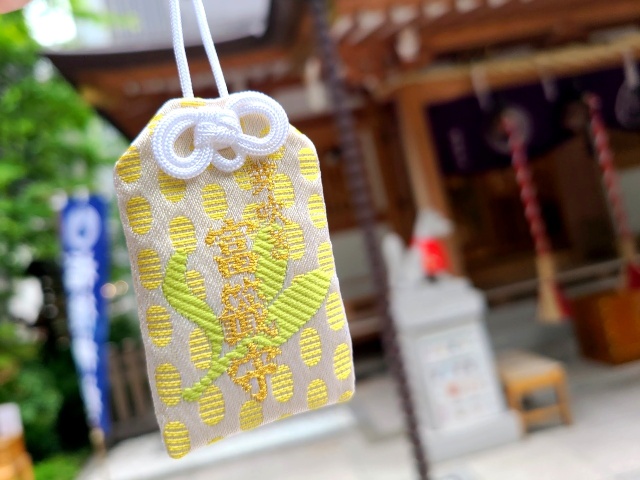
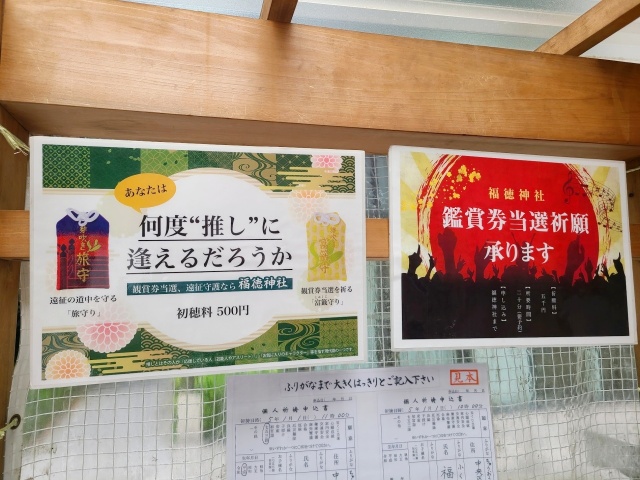
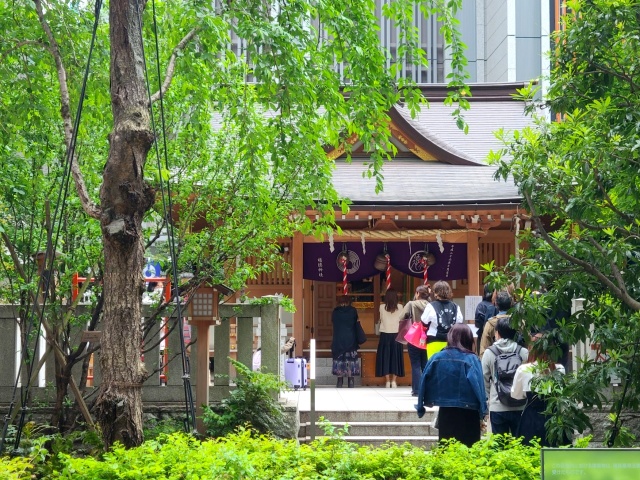
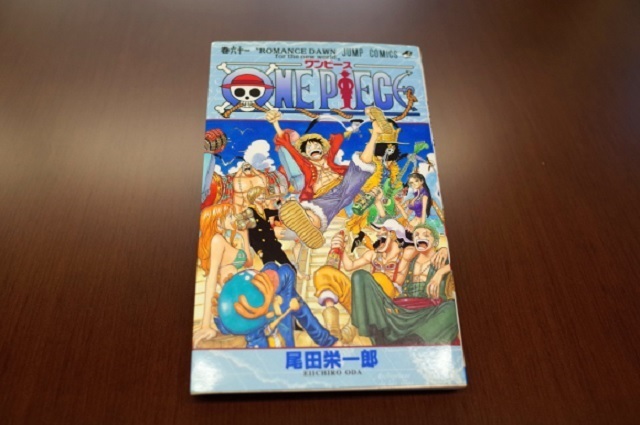




 (@razor0909)
(@razor0909)